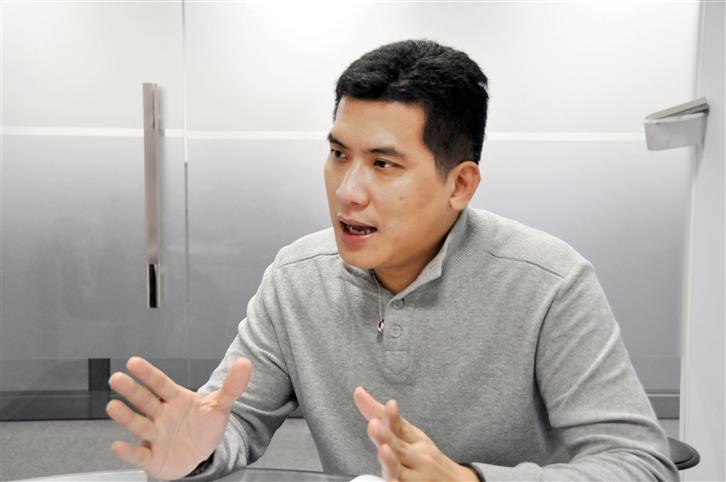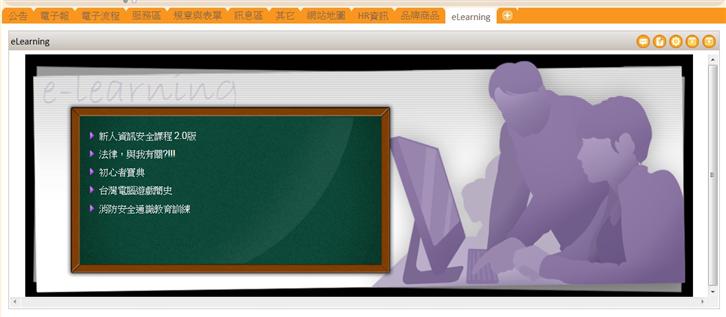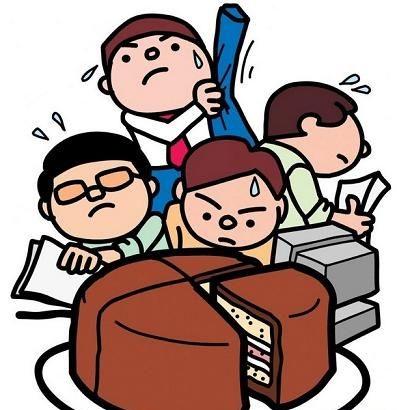
For this special issue, we have invited the director of HR, Linus, to share his secrets to success.
The following sections introduce Linus’ precious advice for all gamanians.
Pay attention, and keep improving
G!VOICE: As the result of Gamanian leaders’ votes on the must-have skills, “Professional Intel”, “Problem Solving” and “Social Innovation” stand out among the rest. How should we tackle these three areas, then?
Linus: From the angle of professional intel, I believe that the desire to learn is a very important attitude one most embody. For example, being the director of the HR department, I need to be very aware of any news related to market change and employment situations. I encourage all our colleagues to carry the same mindset for each position. You can utilize the tools around you, such as television, the internet, magazines and newspapers to keep yourself updated.
In Gamania, our HR department also offers two modes of professional training courses: E-learning and actual lectures. The E-learning system is much more advanced in general. It is designed for repetitive views, for example, introduction on the “Personal Information Protection Act” or game related techniques. Actual course require interaction between the lecturer and the students, with group discussions and in-class practices. HR divides subjects between these two modes of learning by the nature of the course.

▲The E-learning courses on OH allow gamanians to retake the course unlimited times.
From the angle of problem solving: It really comes down to how much your determination is! If an incident occurs unexpectedly at work, you can observe how your supervisor or senior approach the problem, and learn on the field. Coming up with scenarios is also a good way besides observation: “What would I do if I were in such a dilemma?” and reflect on it afterwards: “Did my supervisor or coworker really solve the problem?”, “What would I have done differently from my supervisor in such a circumstance?”. As you can see, the ability to observe, think and reflect is crucial.
From the angle of social innovation, I believe it is essential to be able to communicate with the people you work with. It takes a lot of practice to develop skills of communication that allow your message to be delivered without ambiguity or any negative tone.
I suggest that, to improve one’s communication skills, be involved in more after-work activities or society groups to expand your mind. The company often holds communication skill talks and lectures, but it will be most useful if every gamanian applies it to his/her actual working environment on a daily basis.
The bigger a company’s scale, the more precise responsibilities are cut
G!VOICE: How many new entries did HR add to the definition of manager personnels in 2013? Why are these new factors needed?
When I just joined Gamania, there were 3 levels of management: (team) managers, general directors and chief executives. Each had to follow the leadership requirement for each as to know what it takes to be a good supervisor.
However as our company expanded, bigger divisions have a single leader responsible for a massive group of members, for example, the customer service branch. Also, we now have subsidiaries, in which those that come right below CEOs are the general managers, but actually they are in charge of an entire, autonomously running team. There are also other core supervisors such as division or team managers.
As to give a clearer definition for the management level, in 2013 a new title is given to core management leaders: Section Chief/Deputy Director. After our company elevated to an international scale, such positions can be provided with better principles to lead each team member, and in turn to reach their objectives much more efficiently.

Start with a single role, and aim big.
G!VOICE: G!VOICE has collected a variety of properties that an office worker is expected to have by the leading officers in logistics, creativity, R&D and operations. What is your take on the results of these surveys? As the chief director of the HR department, have gamanians been bringing what is necessary to the table? What is the concept of work competence? How is it useful for an employee?
From the HR’s perspective, it refers to what it takes to have a good performance on one’s position. The questionnaires show that each team has its own focus and priorities, but from a bigger picture, leaders always are looking at one’s work ethics and work behaviour. For example: You should also try to improve yourself, and learn as much as possible. In order to do so, you need to know how to communicate with others, and have a solid approach to problems.
We work on defining each’s proper work competence by management levels; employees, core leaders, managers, and chief executives: What they need is to perform good in this role. A company’s chief executives need to take on a more daring role and lead a team to the frontlines. They must also take up responsibilities for those under them. What we do is we analyse these traits and make them more accessible. Another example is to have to be keen of market change, and base decisions on the current, updated situation.

This is where the Gamanian work competence formula comes from: The role you play in the company, and what it takes to play it well.
Once the goal is set, gamanians will know: What I need to do in order to be appreciated and have credit for in this company! To know one’s role in a company, one needs to set up clear principles that makes you fit in one’s position.
Source:
deviantART.
Http: //tuozhan. xilu. com
